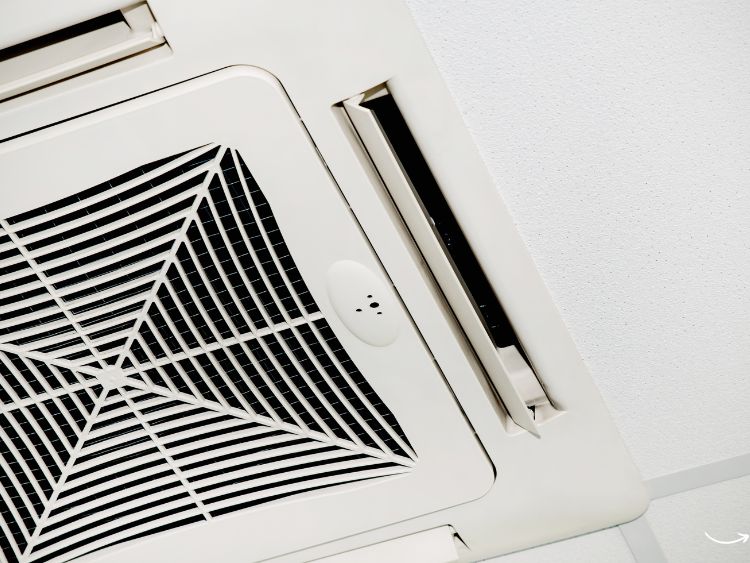Ever heard of SIMV ventilation and wondered what it is? SIMV stands for Synchronized Intermittent Mandatory Ventilation, a mode of mechanical ventilation that’s been a game-changer in respiratory care. This article dives into the nuts and bolts of ventilation, exploring its purpose, how it works, and why it’s crucial in medical settings. Whether you’re a healthcare professional, a student, or just someone curious about medical technologies, this guide will provide you with a comprehensive understanding of ventilation.
What is SIMV Ventilation?
SIMV ventilation is a type of mechanical ventilation used in various healthcare settings to assist patients who are unable to breathe adequately on their own. Unlike continuous mandatory ventilation, which provides a fixed number of breaths per minute regardless of the patient’s efforts, SIMV allows patients to take spontaneous breaths in between the mandatory breaths delivered by the ventilator. This blend of mandatory and spontaneous breathing helps maintain patient comfort and respiratory muscle function.
How Does SIMV Ventilation Work?
The Basics
SIMV ventilation operates by delivering a predetermined number of breaths per minute (the mandatory breaths) while allowing the patient to breathe spontaneously between these breaths. The ventilator synchronizes with the patient’s spontaneous efforts, ensuring that mandatory breaths are delivered at optimal times, reducing the likelihood of breath-stacking and improving overall comfort.
Key Components
- Mandatory Breaths: The ventilator provides a set number of breaths per minute with a specified tidal volume.
- Spontaneous Breaths: The patient can breathe spontaneously in between the mandatory breaths.
- Synchronization: The ventilator detects the patient’s spontaneous breathing efforts and synchronizes mandatory breaths to avoid conflicts.
Benefits of SIMV Ventilation
Improved Patient Comfort
One of the significant advantages of SIMV ventilation is improved patient comfort. By allowing spontaneous breathing, patients experience a more natural breathing pattern, reducing the feeling of breathlessness often associated with continuous mandatory ventilation.
Enhanced Respiratory Muscle Function
SIMV helps maintain and improve respiratory muscle function. Patients use their respiratory muscles during spontaneous breaths, preventing muscle atrophy and promoting better long-term respiratory health.
Reduced Risk of Ventilator-Induced Lung Injury
Since SIMV allows for spontaneous breathing, it reduces the risk of ventilator-induced lung injury (VILI) caused by overdistension of the lungs during mechanical ventilation.
Versatility in Clinical Settings
SIMV ventilation is versatile and can be used across various clinical settings, including intensive care units (ICUs), emergency departments, and during anesthesia in surgical procedures.
Indications for SIMV Ventilation
SIMV ventilation is indicated in several scenarios, such as:
- Acute Respiratory Distress Syndrome (ARDS): Helps manage patients with ARDS by providing necessary ventilatory support while allowing spontaneous breathing.
- Post-Operative Care: Assists patients recovering from surgery who need temporary respiratory support.
- Weaning from Mechanical Ventilation: Gradually reduces the level of ventilatory support as patients regain the ability to breathe independently.
Setting Up SIMV Ventilation
Step-by-Step Guide
- Initial Assessment: Evaluate the patient’s respiratory status and determine the need for SIMV ventilation.
- Ventilator Settings: Set the mandatory breath rate, tidal volume, and other parameters based on the patient’s needs.
- Synchronization Adjustment: Ensure the ventilator is properly synchronized with the patient’s spontaneous breathing efforts.
- Monitoring: Continuously monitor the patient’s respiratory status, making adjustments as needed to optimize ventilation.
Common Challenges and Solutions
Patient-ventilator Asynchrony
Challenge: Patients may experience asynchrony, where the ventilator-delivered breaths do not align with their spontaneous efforts.
Solution: Adjust the sensitivity settings of the ventilator to better detect the patient’s breathing efforts and improve synchronization.
Discomfort and Anxiety
Challenge: Some patients may feel anxious or uncomfortable when connected to a ventilator.
Solution: Provide adequate sedation and reassurance to the patient. Ensure the ventilator settings are optimized for comfort.
Weaning Difficulties
Challenge: Some patients may have difficulty transitioning from mechanical ventilation to spontaneous breathing.
Solution: Implement a gradual weaning process, reducing the mandatory breath rate and encouraging spontaneous breathing.
FAQs About SIMV Ventilation
What is the main purpose of SIMV ventilation?
The primary purpose of SIMV ventilation is to provide necessary respiratory support while allowing patients to take spontaneous breaths, improving comfort and respiratory muscle function.
How is SIMV different from other ventilation modes?
SIMV differs from other ventilation modes by combining mandatory breaths with the ability for patients to breathe spontaneously, providing a more natural breathing experience compared to modes that deliver continuous mandatory breaths.
Can SIMV ventilation be used for long-term respiratory support?
Yes, SIMV ventilation can be used for both short-term and long-term respiratory support, depending on the patient’s condition and needs.
What are the key benefits of using SIMV ventilation?
The key benefits include improved patient comfort, enhanced respiratory muscle function, reduced risk of ventilator-induced lung injury, and versatility in various clinical settings.
How do healthcare professionals monitor patients on SIMV ventilation?
Healthcare professionals monitor patients on SIMV ventilation by continuously assessing respiratory parameters, making necessary adjustments to ventilator settings, and ensuring proper synchronization between the ventilator and the patient’s breathing efforts.
Summary
SIMV ventilation is a valuable tool in modern respiratory care, offering a blend of mandatory and spontaneous breathing that enhances patient comfort and respiratory muscle function. By understanding its mechanisms, benefits, and challenges, healthcare professionals can effectively utilize SIMV ventilation to improve patient outcomes. Whether in acute settings or during the weaning process, SIMV provides the flexibility and support needed for various clinical scenarios. So, if you ever come across the need for mechanical ventilation, remember the advantages that SIMV brings to the table.

